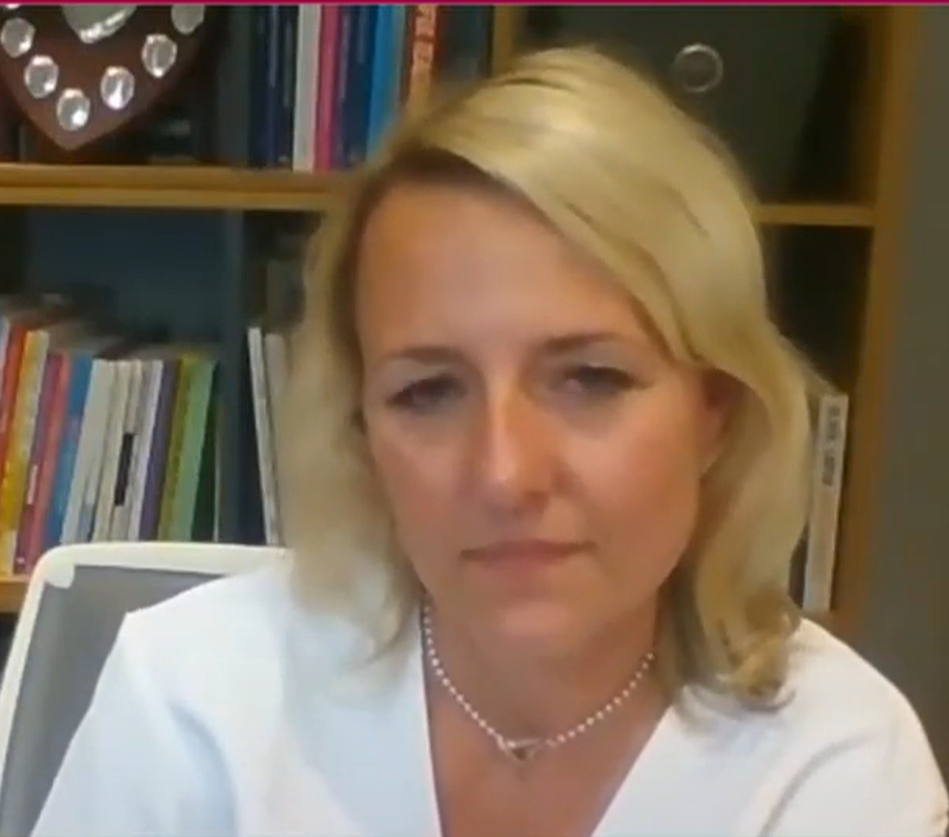Table of Contents
For this episode, special guest Efrat Furst joins hosts Tom Sherrington and Emma Turner to discuss useful learning from a neuroscience perspective.
Bringing The Science of Learning to Teachers
The conversation begins by exploring Efrat’s work at the Mofet Institute- a national institute in Israel that provides teacher training and research for teacher colleges. Efrat’s work at the Mofet Institute builds off her previous work at The Teaching and Learning Center at the University of Jerusalem.
Efrat’s specialty is working on pedagogy and multi-level thinking. Her work primarily focuses on teaching educators the science of learning, utilizing her neuroscience background to create change in college, primary, and secondary classrooms.
As Tom points out, Efrat provided one of the walkthrus for the Teaching WalkThrus 3: Five-step guides to instructional coaching. Tom mentions that her contribution was essential and has become a part of every talk he does.
Implementing Cognitive Science Into Learning
In this discussion on Efrat’s work, Emma asked what her main focus is with the Mofet Institute. Efrat explains that she has two areas that make up her work. Her main focus is bringing the science of learning to teachers across Israel. Efrat currently has a cohort of students teaching the science of learning.
Another part of Efrat’s work that she is excited about is her work in reconstructing and redesigning courses and curricula. She is currently working on a special project for redesigning courses at the Mofet institute that can be adapted into teacher college courses. Efrat’s work on adapting Sarah Cottingham’s work on stages of learning into the classroom is revolutionary. Using her neuroscience background, she is changing teacher education and student learning processes.
Building Useful Learning
In the second part of the episode, the trio discusses retrieval, effective teaching strategies, and useful learning.
Tom asks Efrat about learning experiences where she has seen information encoding and connection happening in the classroom. As she explains, on one hand, there is the neuroscience aspect of memory/learning, where you can track the learning processes and memory traces. On the other hand, there is practical learning, particularly in new words in a language. In her work with language teachers, there are some concepts that you have to contextualize and recontextualize for learners to understand.
The interesting part of this practice is to see the difference between learners and recognize when students don’t understand a concept and when you need to recontextualize something. Tom calls this ‘encoding the idea of encoding,’ which Efrat has direct experience in while teaching educators the science of learning. Efrat is often the model for these teachers to take the lessons back to their own classrooms.
Making the Most of Learning Moments
A major focus of the second part of the conversation is making the most of learning moments. Efrat points out that the key to creating useful learning in the classroom is figuring out how students learn and building learning habits to ensure they can process, retrieve, and reconcile information.
This part of the conversation discusses many strategies and theories, including how to best introduce topics, content-encoding, externalization, unloading information, and so much more.
Efrat identifies that cognitive science is essential to the science of learning because of educators’ biases. In the fight to over-organize learning, educators often rush to the next material, thinking that their students understand the content. However, implementing cognitive science-based strategies in the classroom can ensure that all students learn the content before moving on to the next subject.
The Illusion of Understanding
The trio focuses on the idea of ‘knowing something.’ The idea is that you can know a piece of information, but learning and encoding it takes extra effort and guidance via instruction, homework, or intervention. Efrat makes an excellent point about meaningful learning and when students truly understand the content. She says, “this is the illusion of understanding… until we try to use the information to do something useful that gets feedback from our environment, we didn’t understand it.”
As Tom points out, a way to measure understanding is to ask a room full of people why the sun rises in the east. Many people will unload all their information instead of providing a correct answer. This shows that unless you can fully encode and explain information, you have not learned it.
Emma illustrates that the sweet spot for instruction is on the ‘cusp of understanding.’ Efrat explains that from a cognitive and classroom perspective, getting students to the point where they are almost certain they understand a concept, then challenging them to think of the concept from a different perspective can drive a majority of students to true useful learning.
Like all of Mind The Gap, this episode takes a deeper look at education from a masterful perspective. Efrat shows us how we can make learning more impactful for students and use the science of learning to create a lasting impact in the classroom.
Learn more about the hosts and participants below.
Watch more episodes of Mind The Gap to learn more about making education work across the globe.






